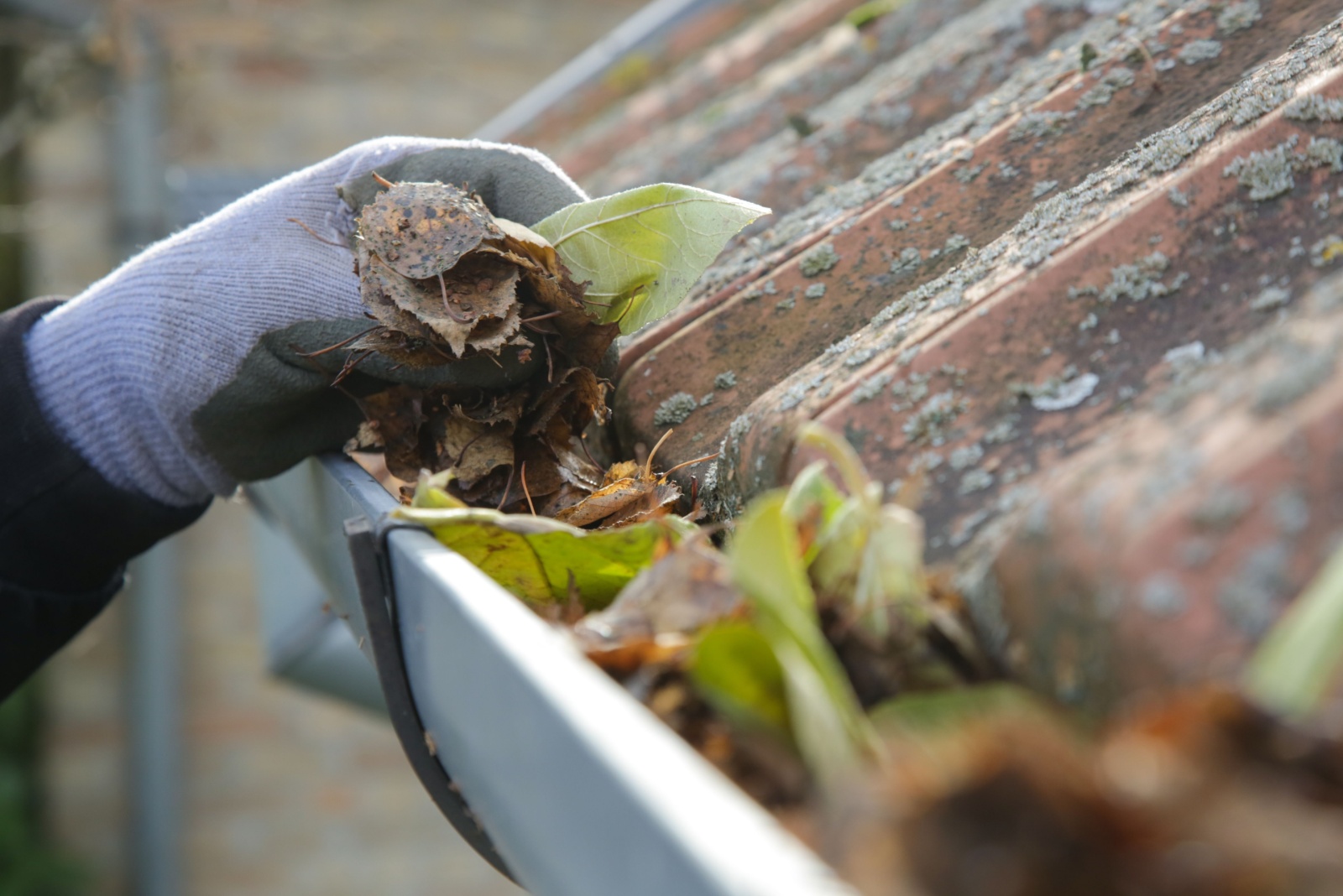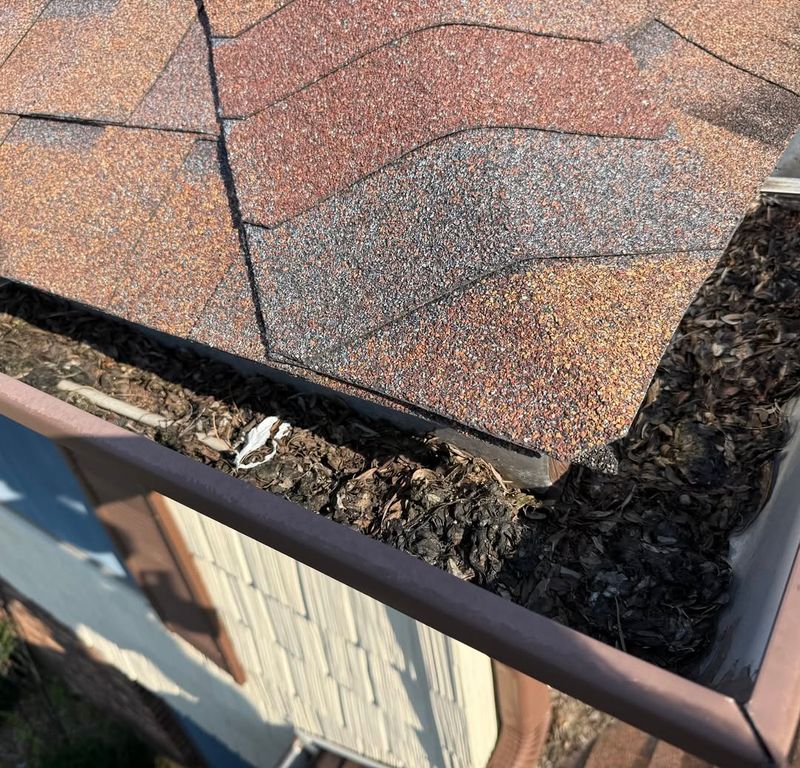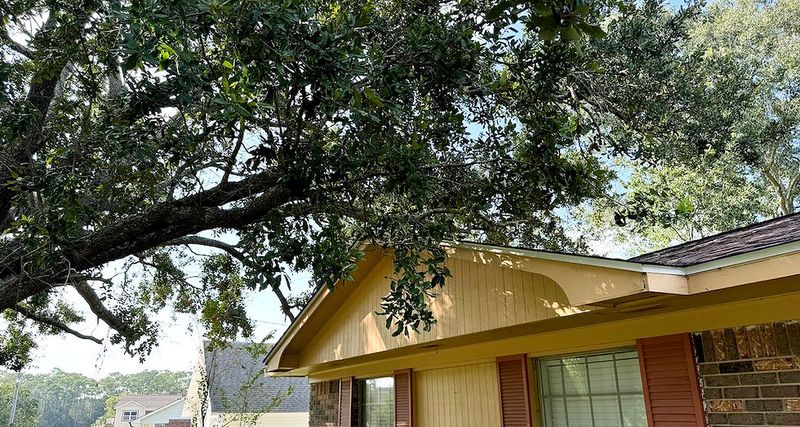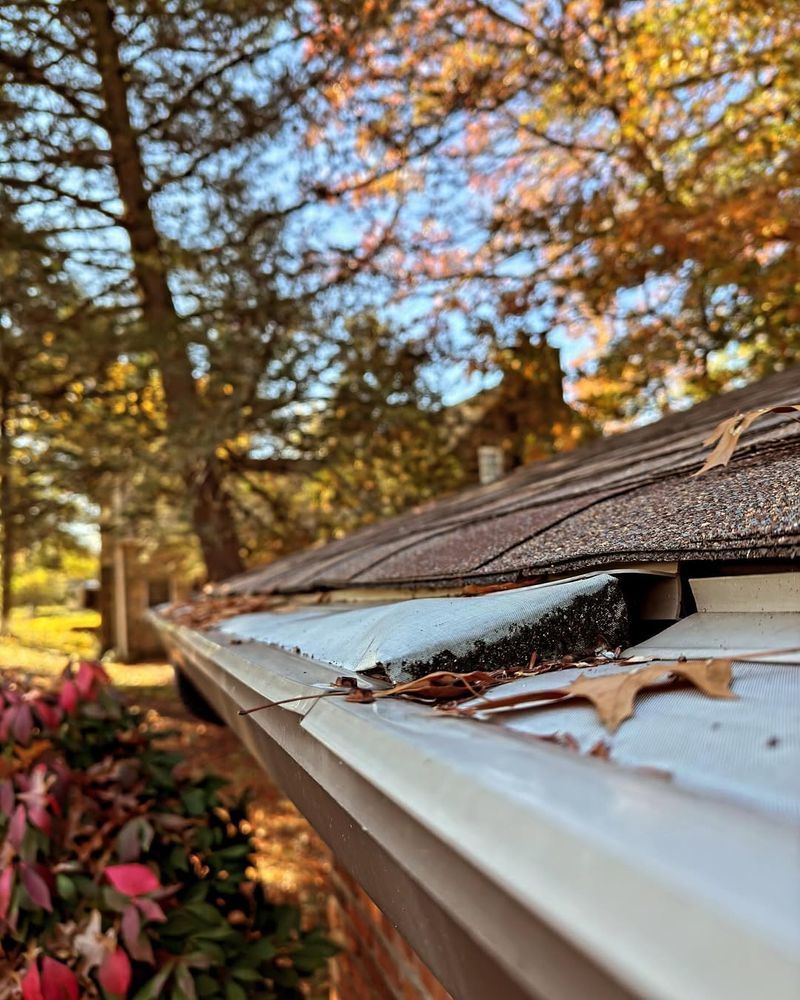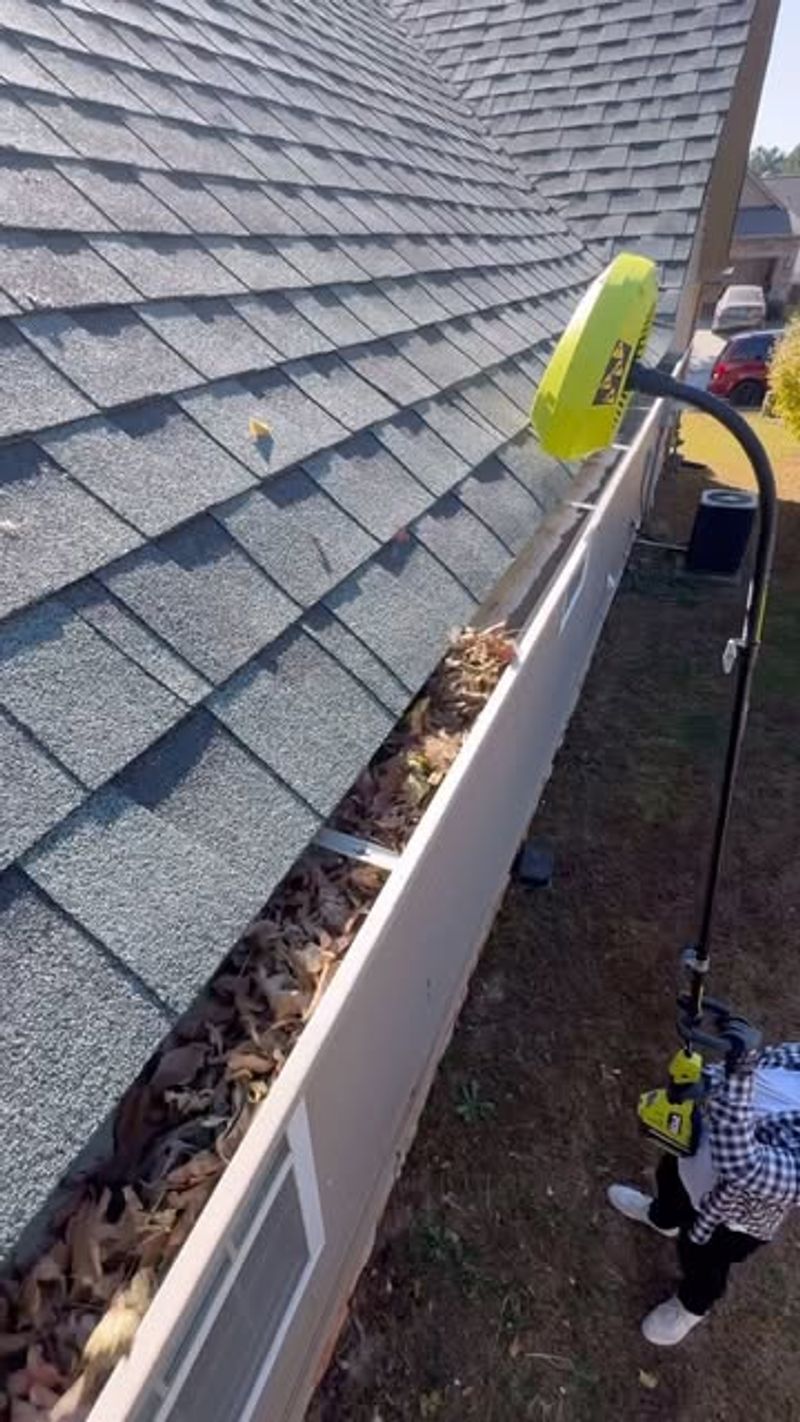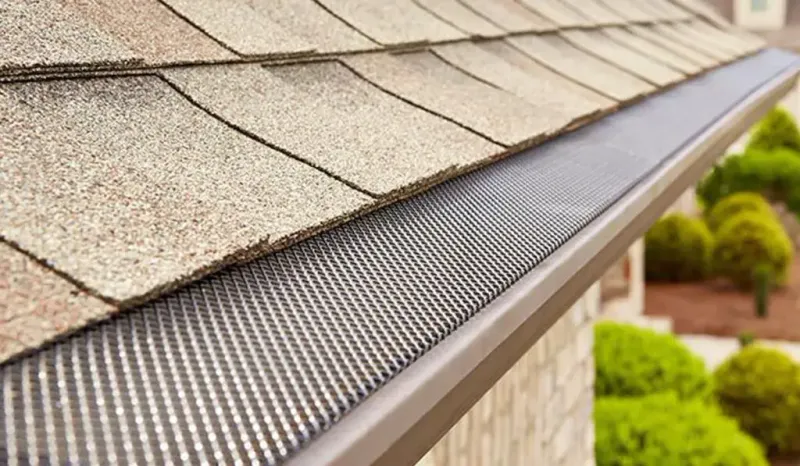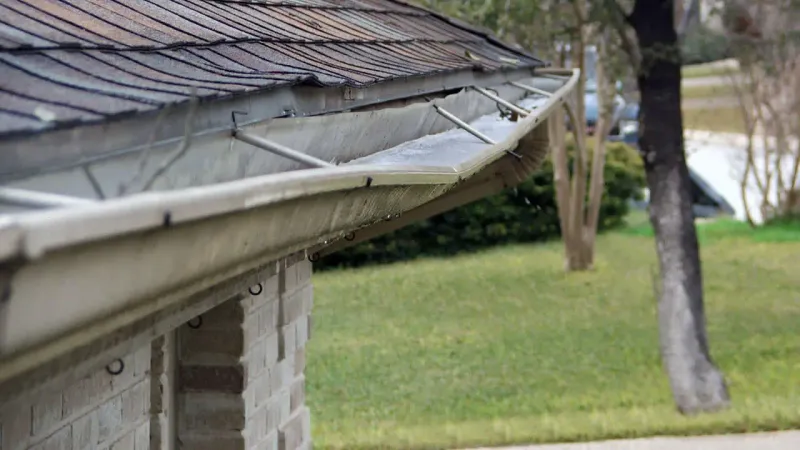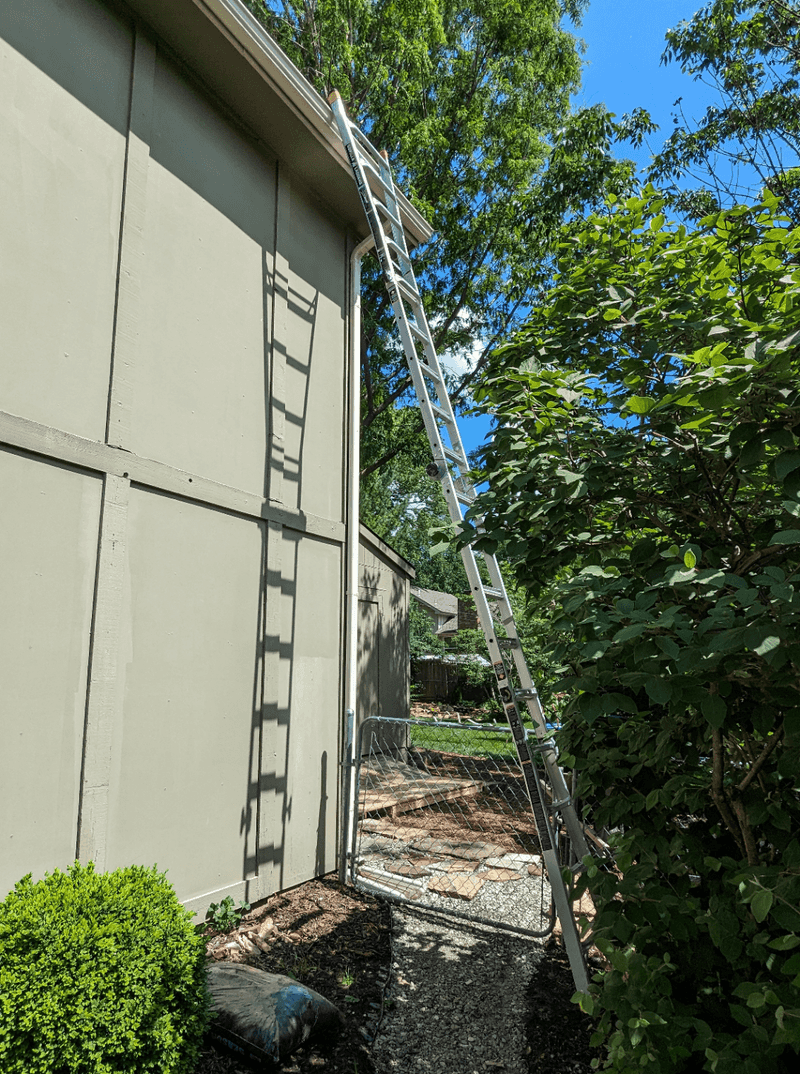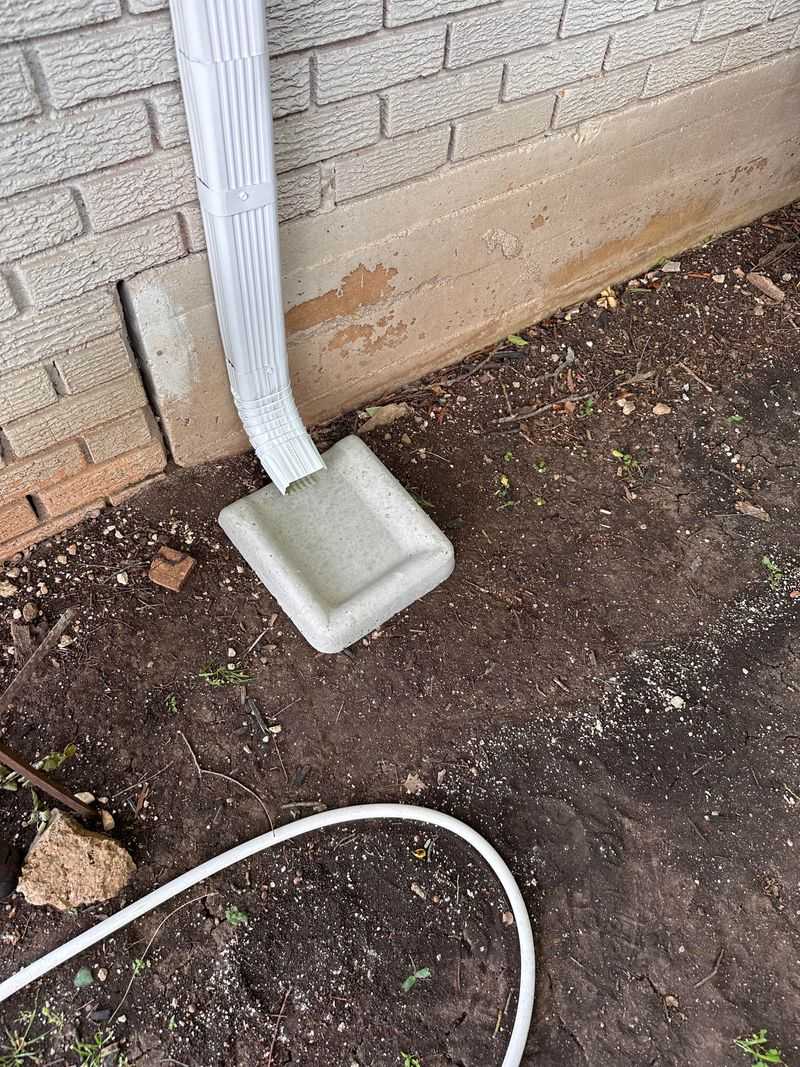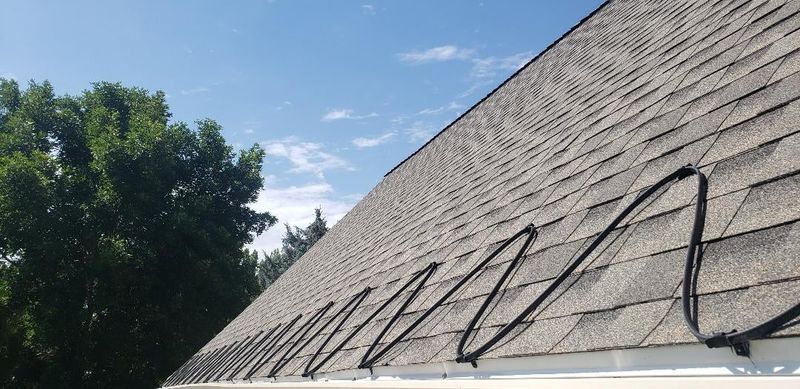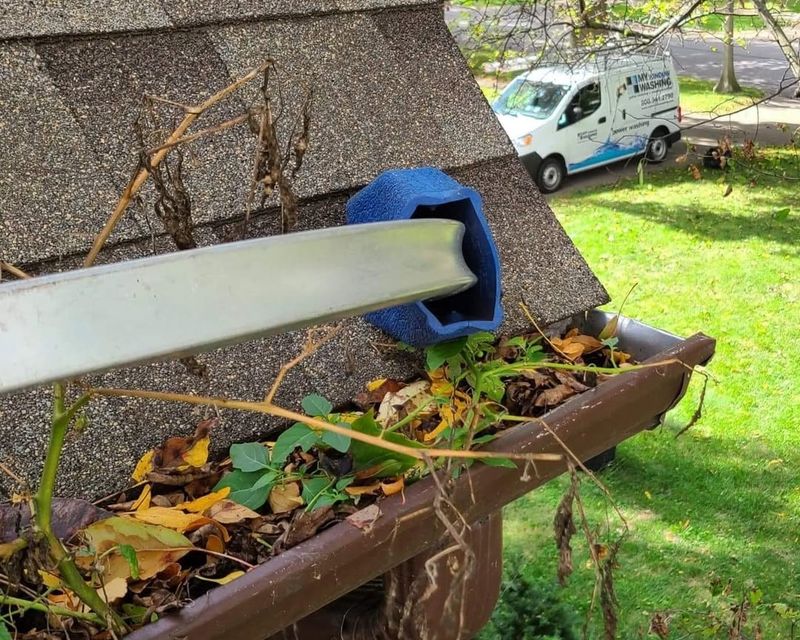Fall in Oregon brings beautiful colors, but it also brings a ton of leaves that can wreak havoc on your gutters. When gutters get clogged, water can overflow and damage your roof, siding, and even your foundation. Keeping your gutters clear doesn’t have to be a huge chore, though.
With a few smart strategies, you can protect your home and save yourself from expensive repairs down the road.
1. Install Gutter Guards
Gutter guards act like a shield over your gutters, letting water flow through while blocking leaves and debris. They come in mesh, screen, or solid covers that fit right over your existing gutters.
Most homeowners find them easy to install without professional help. Once in place, they drastically cut down on cleaning time and keep your gutters running smoothly all season long, making them one of the smartest investments for fall maintenance.
2. Trim Overhanging Tree Branches
Branches hanging directly over your roof drop leaves straight into your gutters like a funnel. Cutting them back by several feet reduces the amount of debris that lands there in the first place.
You can use a pole saw or hire a tree service if branches are too high. Trimming not only helps with gutter maintenance but also protects your roof from damage during winter storms when heavy branches might break off.
3. Clean Gutters Regularly
Regular cleaning might sound obvious, but staying on top of it prevents small clogs from becoming big problems. Plan to clean your gutters at least twice during fall, especially after major windstorms.
Grab a sturdy ladder, gloves, and a scoop or trowel to remove leaves and gunk. Flush gutters with a hose afterward to check for proper water flow and spot any remaining blockages before they cause overflow issues.
4. Use A Leaf Blower For Quick Cleanouts
A leaf blower can blast out dry leaves from your gutters in minutes, saving you from scooping by hand. This method works best when leaves are dry and haven’t turned into soggy clumps yet.
Just climb your ladder with the blower and aim the nozzle down the gutter channel. Be sure to wear safety goggles to protect your eyes from flying debris, and always have someone hold the ladder steady for extra safety.
5. Install Downspout Screens
Downspout screens are small mesh filters that sit at the top of your downspouts, catching leaves before they can create clogs inside the pipes. They’re inexpensive and take just minutes to pop into place.
Even if some leaves get into your gutters, the screens prevent them from blocking the water exit points. You’ll need to check and clean these screens occasionally, but it beats dealing with completely backed-up downspouts and overflowing gutters.
6. Apply Gutter Sealant To Prevent Leaks
Leaky seams let water escape before it even reaches the downspout, which can damage your home’s exterior and landscaping. Gutter sealant fills those gaps and creates a waterproof barrier.
Clean and dry the area first, then apply the sealant along seams and joints where leaks commonly develop. This simple fix extends your gutter’s lifespan and ensures water flows exactly where it should, especially important during Oregon’s rainy fall and winter months.
7. Create A Cleaning Schedule
Without a plan, gutter cleaning often gets forgotten until it’s too late. Setting specific dates on your calendar ensures you stay ahead of leaf buildup throughout the season.
Mark early October and late November as your cleaning days, adjusting based on when trees near your home drop their leaves. You might also add a quick check after big storms. Having a schedule turns gutter maintenance from a forgotten chore into a manageable routine.
8. Redirect Water With Splash Blocks
Splash blocks sit at the bottom of your downspouts and channel water away from your foundation, preventing erosion and basement flooding. While they don’t stop clogs, they protect your home when water does overflow.
Position them so water flows at least three to four feet away from your house. They’re affordable, easy to install, and provide crucial backup protection during heavy Oregon rains when gutters might not handle the volume perfectly.
9. Consider Heated Gutter Cables
Oregon winters can bring freezing temperatures that turn trapped moisture and remaining debris into ice dams. Heated cables prevent this by keeping gutters just warm enough to melt ice and keep water flowing.
They’re especially useful if you live in higher elevations or areas that get colder snaps. Installation is straightforward, and they use minimal electricity. Running them during freezing periods protects against the combined threat of fall leaves and winter ice.
10. Hire Professional Gutter Services
Sometimes the best solution is letting experts handle the job, especially if you have a multi-story home or feel uncomfortable on ladders. Professional services have the right tools and experience to clean thoroughly and safely.
They can also spot potential problems like sagging gutters or damaged sections before they become expensive repairs. Scheduling seasonal service twice a year gives you peace of mind and ensures your gutters stay in top condition without any effort on your part.

